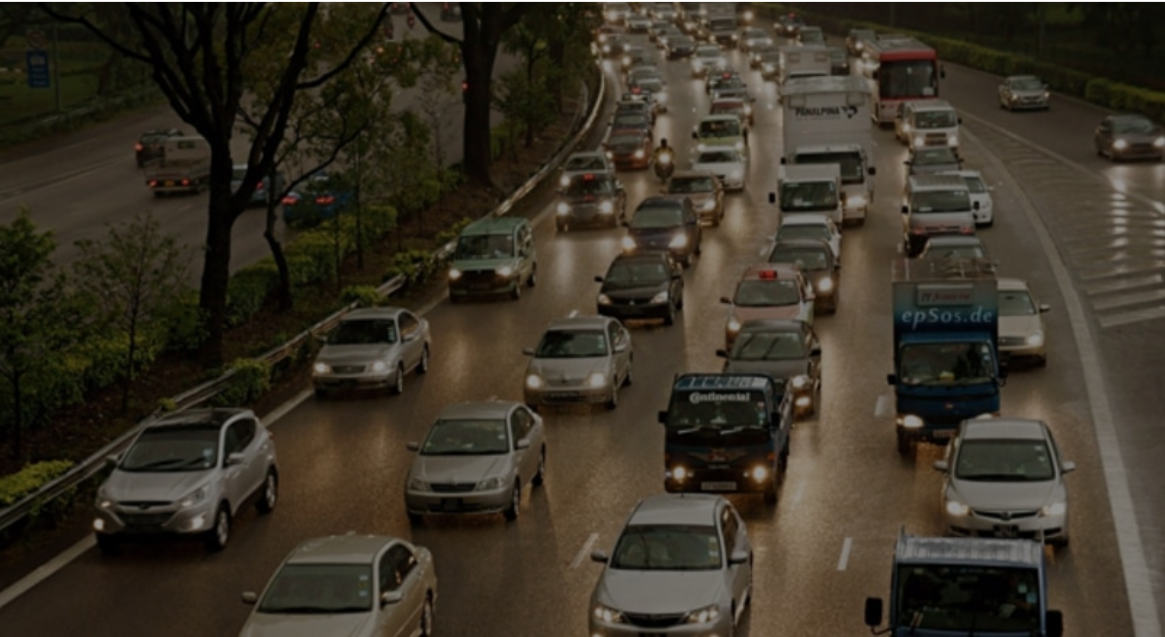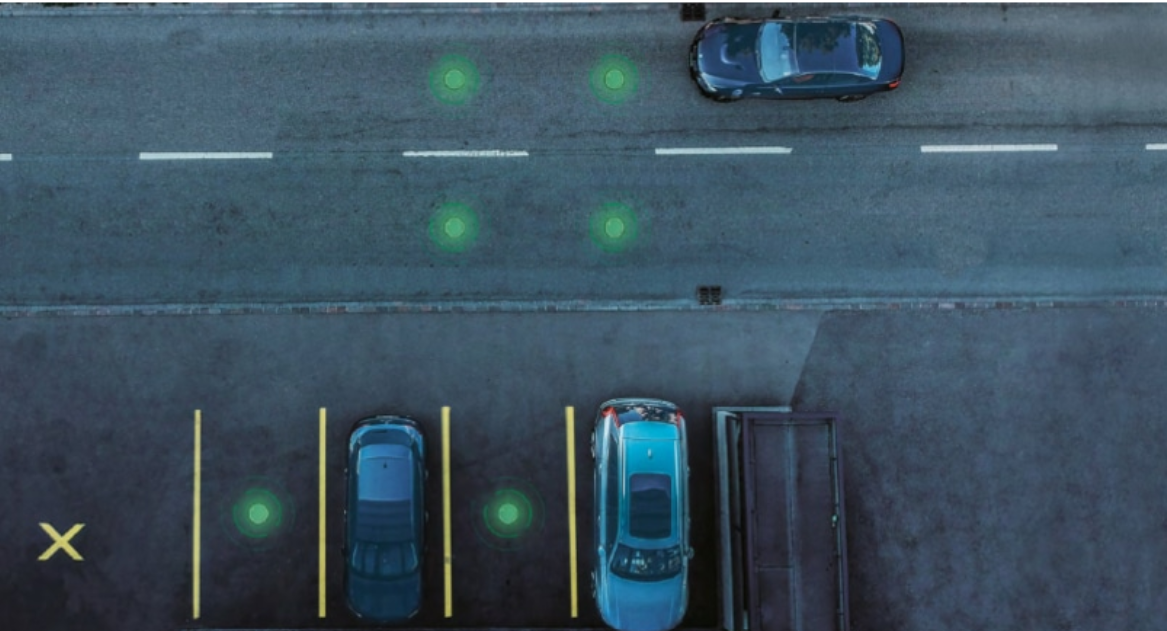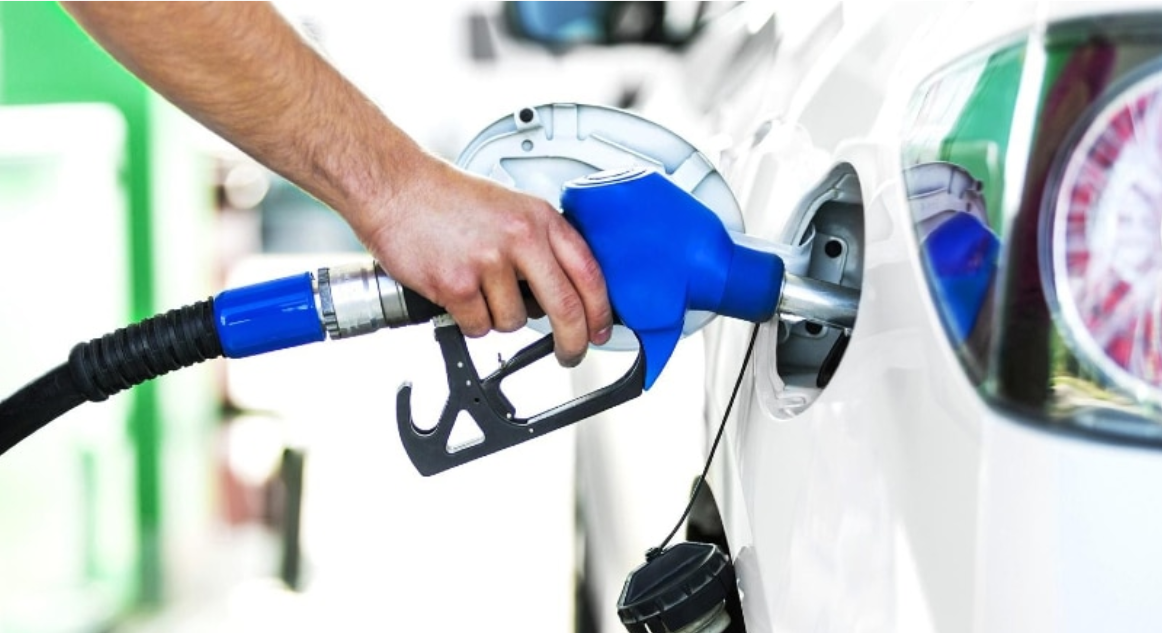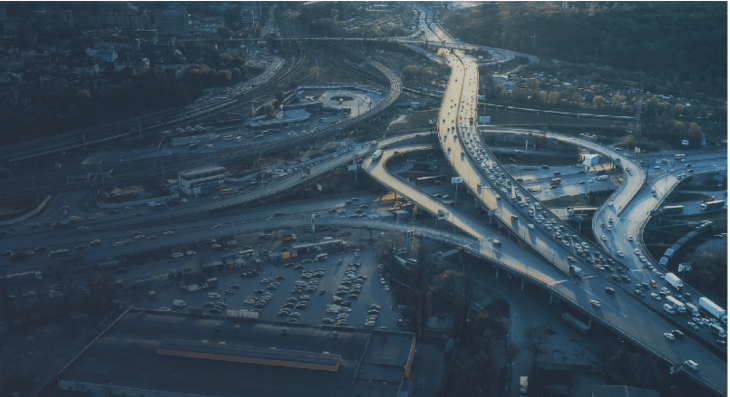Traffic Management: What does it mean?
Traffic management, also known as traffic control, is part of traffic telematics. In short, it involves recording vehicle data, processing it and then displaying it. This makes it possible to conduct thorough analyses of the traffic situation. Action can then be taken accordingly. Traffic management thus offers valuable support in coordinating traffic systems and improving traffic flows.
Basically, the whole thing works as follows: Sensors observe traffic and pass on information via reporting networks and transmission systems. Special control devices can then be used to influence the traffic accordingly. This is done in the control centers, which sift through the information and initiate the necessary measures.
Nowadays, professional traffic planning is indispensable for the continuous optimization of infrastructure. In the following, you will learn about the special advantages from which you benefit.
1. Minimize installation costs with innovative TAPS
For many years, the induction loop has been the preferred means of measuring traffic volume or signaling for traffic signals. While this technology has stood the test of time, it is now obsolete and outdated due to more recent developments.
The induction loop is built into the road surface. For this purpose, a groove is usually milled in which the loop is installed. Alternating current flows permanently through the loop itself. When a vehicle drives over the loop, the magnetic field of the coil changes.
The installation is time-consuming and costly, as the milled groove must have a certain depth and the exact size of the coil.This is also accompanied by large-scale and long-lasting road closures. Detours, altered traffic routing and more may have to be organized, and that of course costs money.
Our TAPS sensor technology requires a single core circle drill. As a result, traffic can be reopened within 30 minutes per sensor bore. Thanks to the targeted drilling, time and also money are saved. Regular traffic is therefore only interrupted for a short time. This not only minimizes traffic jams, but also parking revenue losses. This brings a further financial advantage.
The energy-autonomous design of the sensor means that no power connections have to be laid during installation. This cuts installation costs by around half. You can respond more quickly to challenges and always have the option of finding a suitable solution in a timely manner thanks to the simple installation.
Low costs caused by congestion

It is not only thanks to the comparatively low-effort installation of the TAPS sensors that cash can be saved. Added to this are the costs incurred by traffic jams. A road user spends around 9 percent of his driving time in a traffic jam.
Extrapolated to all vehicles on the road, this adds up to a lot of time. The direct and indirect costs arising from this can amount to several billion Swiss francs annually at the national level.
Those who say goodbye to induction loops and opt for sensor technology can enjoy savings of up to 50 percent. This results, among other things, from faster installation, which involves significantly less effort, and infrequent maintenance.
2. With the sophisticated TAPS you will find faster to the right parking place

The more vehicles there are on the roads, the more difficult it becomes to find a suitable parking space. Once a parking space has been found, it is often associated with long distances or even high costs. The morning search for a parking space before work causes stress and robs valuable time. In the big city, this costs the driver an average of ten minutes, which may not have been planned in advance. Add to this long walking distances, and it's hard to get to work or to an appointment on time.
With the innovative TAPS, such scenarios are reduced or, if optimal, are a thing of the past. The sensor technology allows further technical features, such as the connection to the parking guidance system or to apps, with which you can get an exact overview of the situation even before the analog parking search.
The search for a free parking space can be accelerated because drivers know early on where it is occupied. Road users can see from a distance whether it is worth continuing in that direction or not. For example, they can orient themselves by small lights above the parking spaces that light up green or red.
Electric boards that indicate where and on which level spaces are available in a parking garage also save time and reduce emissions.
In addition to wasting a lot of time looking for a parking space, unnecessary emissions are also generated. Unnecessary kilometers have to be driven, and the stop-and-go contributes to particulate pollution and the pollution of city centers.
Save not only time but also money
Around 7 percent of the total amount of fuel consumed by a car in a year is used to find a parking space. This not only harms the environment, but also the wallet, as an example from the USA makes particularly clear. In 2017, the parking problem cost the United States more than 95 million US dollars.
The best possible and steady flow is the goal of any well-functioning traffic and parking management. In order to achieve this ideal, the largest possible amount of usable data is required. We offer you the necessary technology to be able to obtain exactly this data. This eases both the traffic and the vehicle occupants, who can thus more easily keep to their schedules.
The TAPS sensors also provide information on where it would be useful to create new parking facilities or adapt existing areas. The TAPS analysis tool provides valuable support in this regard. It facilitates communication between road users and parking operators.
3. Reduce your fuel costs thanks to the effective TAPS.

Traffic jams and slow driving as well as unnecessary detours lead to excessive fuel consumption. If parts of a city are particularly congested, you usually have to get an idea of the situation on the spot before deciding on a detour. In this way, additional costs are incurred that can be prevented by planning ahead.
Not only the search for parking spaces and stop-and-go in cities leads to higher consumption, but also detours which you have to take because certain road sections are overcrowded and congested. Through important information provided by TAPS, not only the individual but the system as a whole is relieved. If traffic flows evenly, especially during rush hours, each individual road user can save emissions and time.
Driving detours is not only necessary because of too much traffic, but also from time to time due to maintenance. Here, too, the TAPS sensors deliver an advantage. Since they are completely energy self-sufficient, they need to be replaced after ten years at the earliest.
In addition, the sensors can be configured remotely and updates can also be installed remotely. Maintenance and update-related road closures can therefore be reduced to a minimum.
4. Lower emissions with forward planning

Decision-makers who complain about poor air quality in inner cities, but at the same time do not use the latest technologies, will have to rethink their approach from now on. If traffic management is constantly advanced, the solutions to keep emissions as low as possible are already available today.
TAPS sensors can be used to react quickly to changing needs in road traffic. They enable records to be kept of how traffic is doing at a certain location at a certain time. Thanks to the sensors, this can then be controlled in a predictive manner.
If necessary, the information collected can also be displayed on electronic traffic boards, for example. Among other things, these inform road users whether there is a traffic jam to avoid and which detour they should follow.
The faster the data reaches the operator from the sensor, the sooner the operator can take the necessary steps. The TAPS sensors transmit the information in real time. To do this, they first send it to the gateway via a proprietary radio protocol. This in turn processes the data received and then forwards it immediately to the operator. He can therefore act as soon as the data situation indicates an urgent need. In addition to electronic display panels, this can also be observed with traffic signals. Some traffic lights, for example, only switch to green when they detect that a vehicle is approaching.
The traffic light activity can thus be better adapted to the current traffic situation and is not bound to predefined traffic light phases. If no one is waiting to cross the intersection at the moment, road users coming from other directions can benefit from longer green phases.
Achieving climate targets with professional transport planning
With traffic flowing evenly and the deliberate relief of roads and parking lots, the quality of life increases considerably, especially for residents of cities. Our interfaces, which are precisely adapted to the systems of a city, are the first and decisive step towards achieving the climate targets set.
If you would like to actively contribute to achieving climate targets, you can consider our systems and solutions as an important building block. In our opinion, this requires transport and infrastructure to be adapted step by step.
Nur so greifen am Ende sämtliche Elemente optimal ineinander und der gewünschte Erfolg stellt sich ein. Durch den bereits erwähnten einfachen Einbau werden bestehende Elemente verhältnismässig leicht ersetzt und der Leistungsumfang wird erhöht. Beispiele hierfür sind die Datenauswertung in Echtzeit, die Anbindung an vorhandene Verkehrsleitsystem oder die energieautarke Technologie.
But how do the TAPS sensors actually help to reduce the burden on the environment? Basically, they offer support in four ways:
Duration of additional driving around when looking for a parking space is reduced.
Emissions of carbon dioxide and particulate matter are reduced in total.
Sensors connected to traffic lights minimize stop-and-go.
Fewer vehicles are stuck in traffic jams if, for example, electric boards provide timely information.
How exactly does traffic management relieve the burden on nature?
A vehicle can emit 150 grams of carbon dioxide or more for every kilometer it drives. Added to this is particulate matter, which comes from tire wear, for example, and also exhaust fumes. It is therefore important to keep the total number of kilometers driven as low as possible in order to reduce the environmental impact. Options that speed up the search for a parking space are a valuable help in this respect.
Vehicles emit carbon dioxide not only while driving, of course, but also when stationary with the engine running. Valuable minutes are lost every day at red lights, every single one of them damaging the ecosystem. Traffic light phases that are adapted to the volume of traffic thanks to sensors can help reduce the burden on the environment.
Vehicles also emit an unnecessary amount of CO2 in traffic jams. Thanks to professionally designed traffic management, drivers can be diverted in time before they even come to a stop. Thanks to low-maintenance TAPS sensors, the problem is even tackled at its source. Road closures to perform work on them are very rarely necessary. So here, too, TAPS sensors help reduce environmental impact and meet climate targets.
5. Reduce your running costs with TAPS

While induction loops are permanently dependent on alternating current and are vulnerable due to the amount of wires, our system works energy self-sufficiently. This means that it generates its own energy. This is sufficient not only for data acquisition, but also for processing and even sending the information to the gateway.
The clientele can invest in the expansion of intelligent traffic and parking management thanks to the lower installation costs and increase the data quality. This allows you to adapt the technology to your parking lot, driveways or even to regulate traffic in a community. Further investment is therefore minimal and the system can be used to its full potential immediately.
If we have aroused your interest in the system or if you have any questions, please contact us. contact. We look forward to working with you and are eagerly awaiting your ideas. We will be happy to check for you which savings and improvements can be expected when switching to our system. Our team will personally answer your questions and provide you with fully comprehensive advice during the planning of the project. Thus, the desired success with TAPS is only a matter of time.






)
)